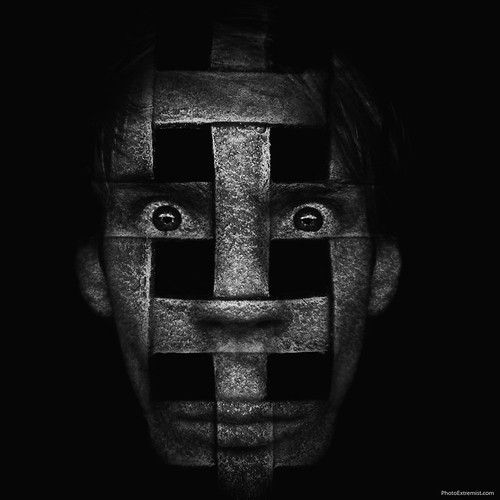I began my formal training in Zen in 1980 in upstate New York at Zen Mountain Monastery. It had just opened and although there were only a very small number of participants, a regular schedule had been initiated that consisted of daily sitting (zazen) practice, Buddhist services, work practice and talks.
I began to attend on Sunday mornings. The program was open to and intended for the general public and it too consisted of sitting, Buddhist services, work practice and a talk. Variety wasn’t held in high regard: there wasn’t any. There was a schedule and it was to be adhered to … religiously.
And so I did or at least I began. I didn’t go on Sundays, I went every Sunday – as in no matter what. The monastery was about five miles away from where I lived, in the mountains of upstate New York, so I drove. That winter it was savagely cold and the snow, which never had a chance to melt, bred large impassable walls of white and gray around my house. I had of necessity dug out the front door and walkway but on one Sunday with all the good intention in the world it seemed I couldn’t go. My car wouldn’t start and as I tried to start it, my hair turned to ice. I didn’t even have the warm clothes on I needed but I wanted to go. I had to go. I refused all obstacles and would not allow the idea of limitation or for that matter any thought that would stop me from attending that Sunday.
I believed that kind of one pointed determination was what I needed. I knew that because I had read some very romantic books about Zen practice and like the fool I was and still am, I believed it. So I made it there that Sunday and for good measure I continued for another twenty-five years at which time I was rewarded for my stubbornness and lack of imagination by receiving transmission – becoming a teacher.
After attending every Sunday and then some other mornings and evenings for a short while, I moved to the Monastery where I practiced and did koan study with the acting teacher John Daido Loori and the abbot Maezumi Roshi. We were still a small group but growing and most everyone was hell bent on enlightenment which loomed before us in the form of a koan : Mu. After that there were about six hundred other koans in case everything wasn’t clear yet. After some time of struggle, many of us passed Mu and a number of other koans as well. Passing Mu is referred to as Kensho – seeing the true nature and it was an incredible experience and revelation but it certainly did not solve everything as we had all desperately hoped.
A certain question began to arise with increasing frequency. There were a number of iterations but they all evolved from a basic formulation and some disappointment. The question was “what good is all this?” or “How do I apply this to my daily life?” The question also had more discrete forms: “How do I apply this koan to my life?” “What good is all this sitting doing me?”
Later on other questions arose. An important one was “if these people have been training for so long why are they so unkind, self-centered while at the same time spouting phrases about unlimited compassion or unexcelled enlightenment.
Yet I knew the practice was true and good so I wrestled with these questions and realized what was there all along. I have decided that what the practice requires from me and perhaps all of us is a certain kind of intelligence and a certain kind of stupidity. With all the openings, realizations and koans, you still have to be smart enough to understand that no person or system can ever create integrity for you. You also have to be dumb enough to ignore the admonitions of mothers all over the world and go to the monastery or wherever your heart calls no matter how cold it is and how improperly you are dressed for it.
![]() photo credit: Photo Extremist
photo credit: Photo Extremist

Recent Comments